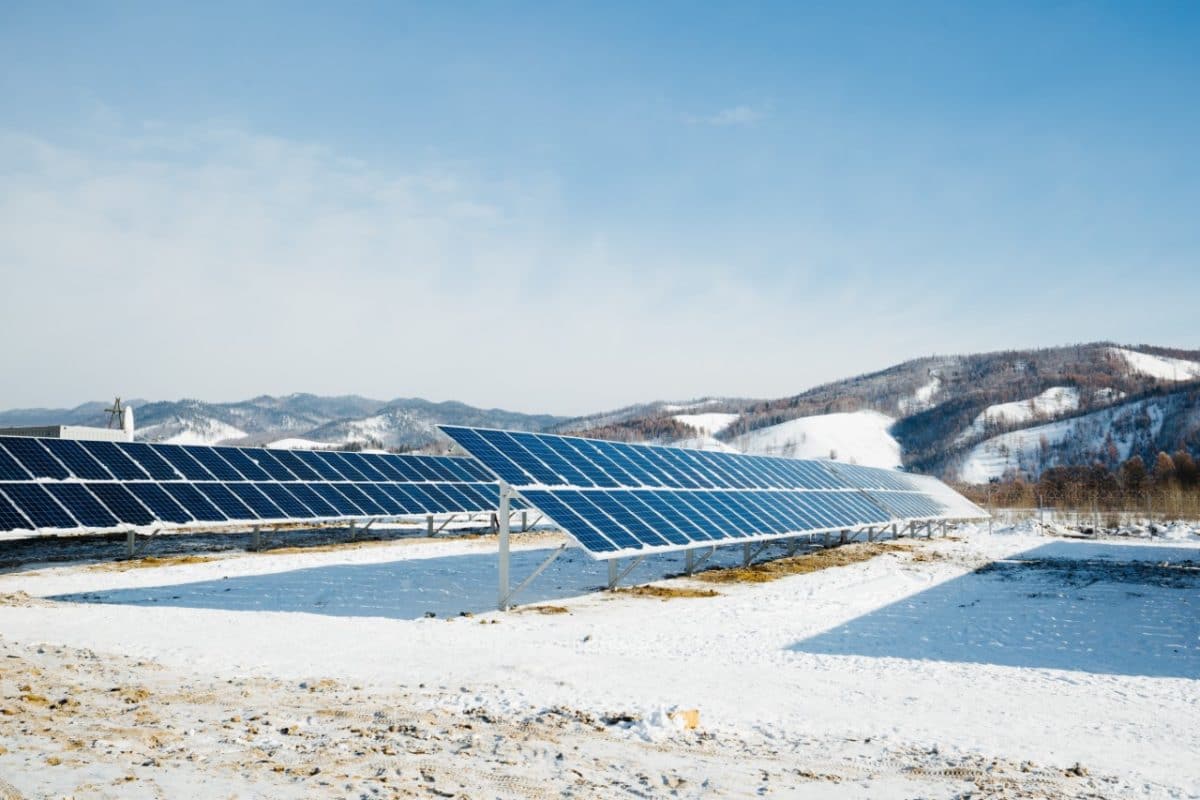Scientists at the University of Alberta in Canada have developed a new set of parameters to improve short-term models to forecast the impact of snow on PV installations.
The researchers said that the new parameters should enhance the accuracy of snow-cover prediction models that forecast electricity losses by estimating snow conditions. Grid operators often use these models to assess the impact of snow accumulation on PV systems in the winter months.
The academics considered solar irradiance, including irradiance that can penetrate through snow and reach solar panels. Their parameters also include the warming effect of irradiance on the back surface of panels and their thermal capacity, which may also contribute to the melting of snow.
The scientists conducted a sensitivity analysis to determine the contribution of each of these three parameters for snow melt predictions. They tested their approach on three panels mounted on a frame that allowed the tilt angle to be adjusted from 13 degrees to 71 degrees.
“The frame was constructed of wood to reduce the heat transmission between the panels and frame,” the scientists said. “To prevent additional obstructions to snow clearing, the panels were installed without any hardware protruding beyond the front surface of the panels and the mounting frame was not in the path of sliding snow.”
Popular content
They took pictures of snow accumulation depths on the panels at two-minute intervals during each snowfall and melting event, and manually measured the snow thickness on-site. They defined a “melting event” as any visually identifiable melting over a large section of a panel, while they defined “sliding” as any displacement of snow down the surface of PV panels. The research team also tested the thermal capacitance of the panels and the amount of irradiance absorbed by their surface to understand how much the snow could melt or slide away from the modules.
“The results of this study suggest that replacing front (plane-of-array) irradiance with absorbed irradiance can substantially reduce the uncertainty in identifying the beginning of snow clearing.” the scientists said. “The coefficient of determination was improved by a factor of four and further modeling improvements were achieved by considering the thermal capacitance of the panels.”
They claim that their proposed model can be applied to all types of PV systems in different regions. They described the new parameters in “A sensitivity analysis on effective parameters for sliding/melting prediction of snow cover on solar photovoltaic panels,” which was recently published in Cold Regions Science and Technology.
This content is protected by copyright and may not be reused. If you want to cooperate with us and would like to reuse some of our content, please contact: editors@pv-magazine.com.



By submitting this form you agree to pv magazine using your data for the purposes of publishing your comment.
Your personal data will only be disclosed or otherwise transmitted to third parties for the purposes of spam filtering or if this is necessary for technical maintenance of the website. Any other transfer to third parties will not take place unless this is justified on the basis of applicable data protection regulations or if pv magazine is legally obliged to do so.
You may revoke this consent at any time with effect for the future, in which case your personal data will be deleted immediately. Otherwise, your data will be deleted if pv magazine has processed your request or the purpose of data storage is fulfilled.
Further information on data privacy can be found in our Data Protection Policy.